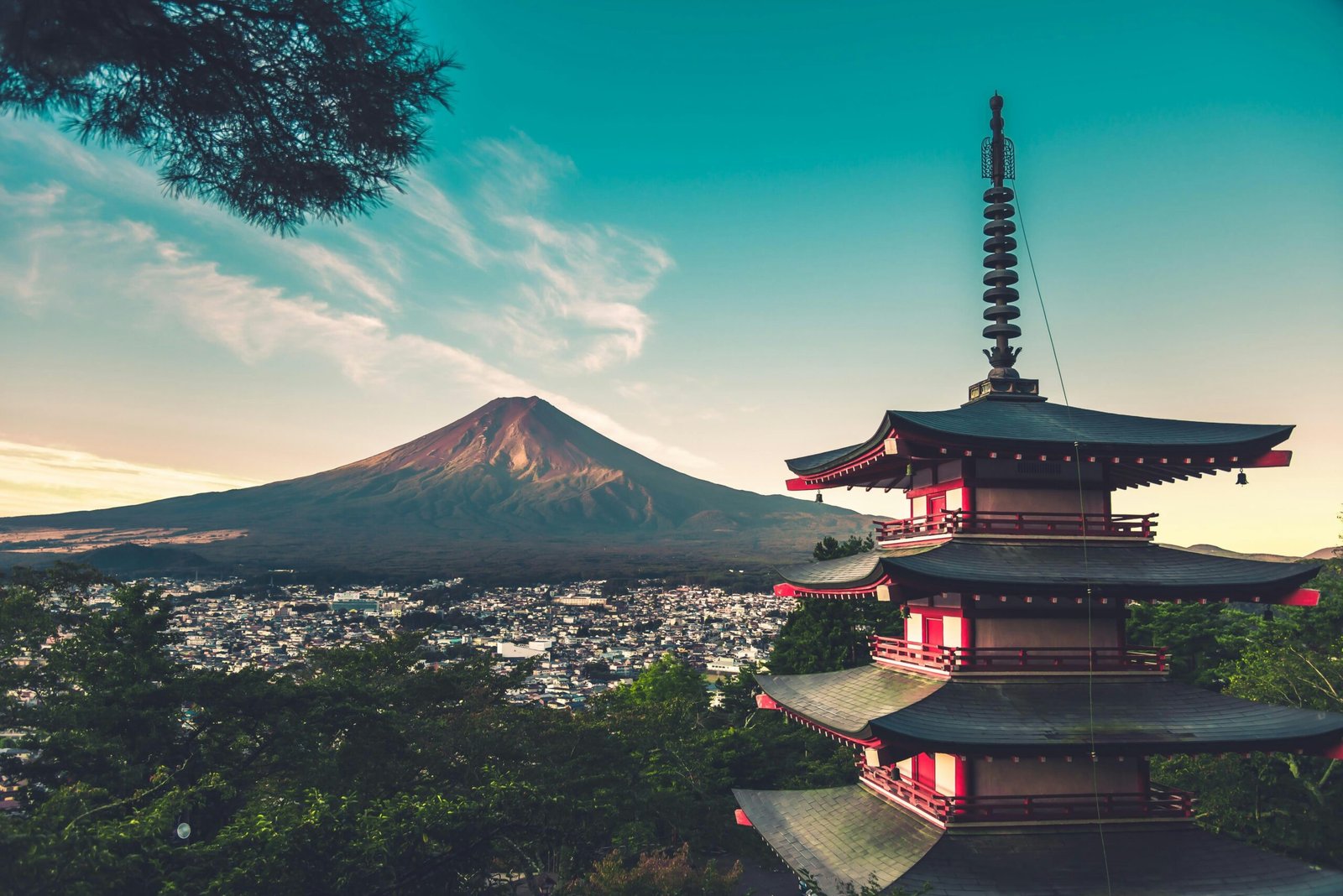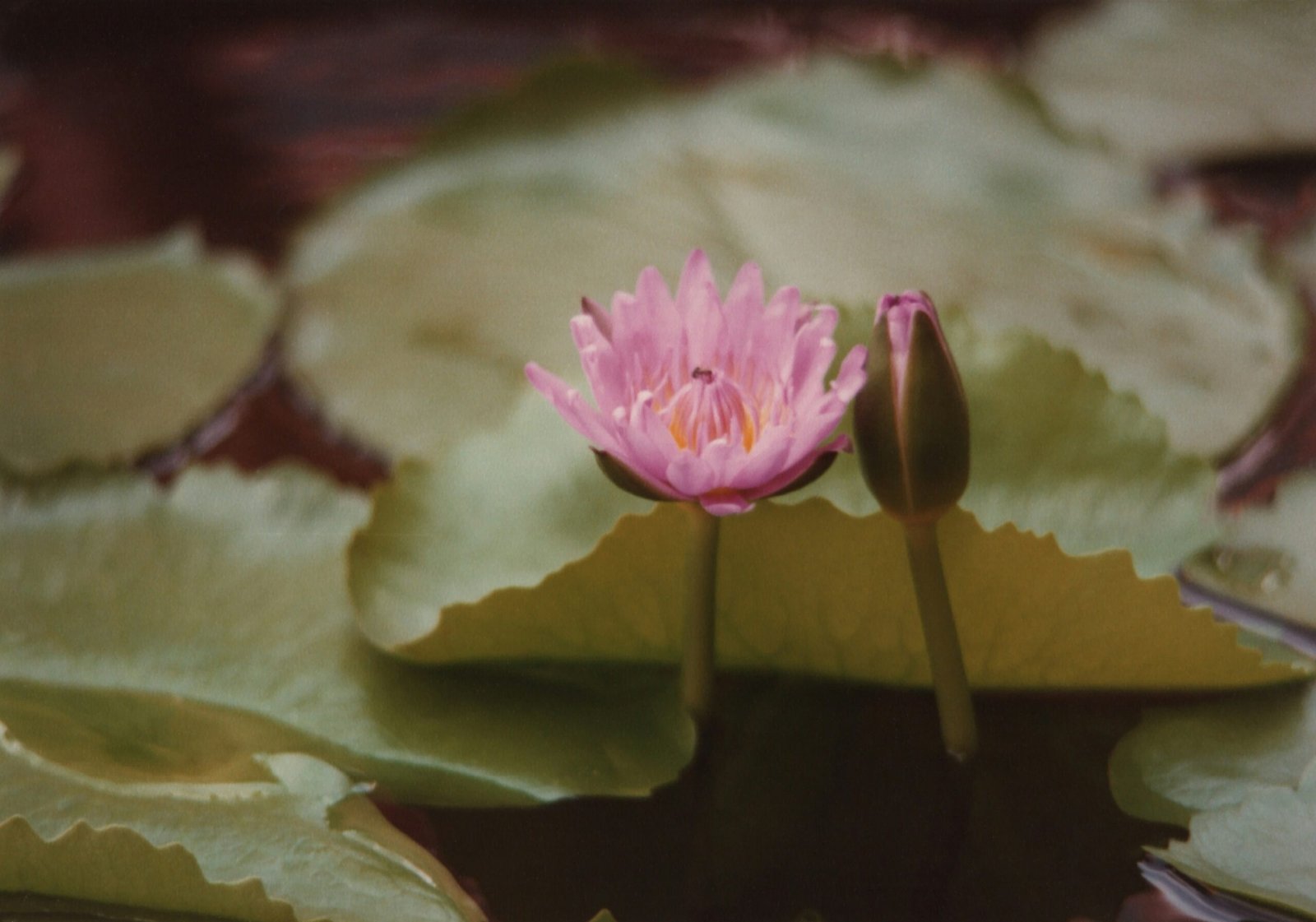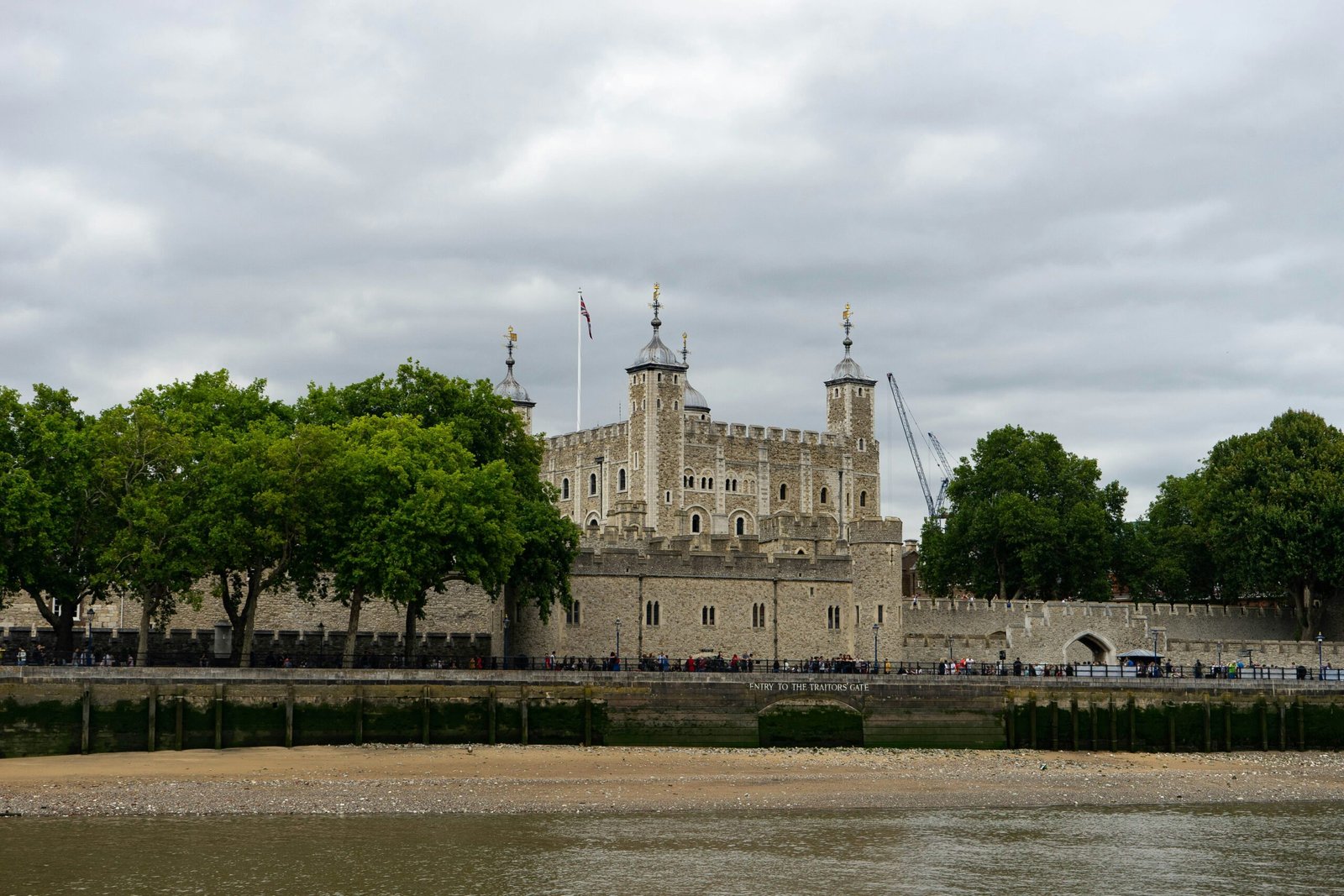
Introduction
Mount Fuji is an iconic symbol of Japan and one of the most famous mountains in the world. Located in Shizuoka Prefecture, it is a UNESCO World Heritage Site and attracts millions of visitors each year. Standing at 3,776 meters (12,389 feet), Mount Fuji is the highest peak in Japan and offers breathtaking views of the surrounding landscape. In this blog post, we will explore the beauty and significance of Mount Fuji, as well as the attractions and activities available in the Shizuoka area.
Mount Fuji, also known as Fuji-san, holds a special place in the hearts of the Japanese people. Its majestic presence has inspired countless artists, writers, and poets throughout history. The mountain is considered sacred in the Shinto religion and has been a place of pilgrimage for centuries.
One of the most fascinating aspects of Mount Fuji is its distinct volcanic cone shape. The mountain is actually an active stratovolcano, with its last eruption occurring in 1707. Despite its active status, Mount Fuji is relatively safe to climb and attracts thousands of hikers and climbers each year. The climbing season typically runs from July to September, when the weather conditions are most favorable.
Ascending Mount Fuji is a challenging but rewarding experience. The mountain offers several different routes to the summit, each with its own unique features and difficulty levels. The most popular route is the Yoshida Trail, which starts from the fifth station and takes approximately 6-8 hours to reach the summit. Along the way, climbers can enjoy stunning views of the surrounding landscape, including the Fuji Five Lakes and the Aokigahara Forest.
Once at the summit, climbers are rewarded with a breathtaking panoramic view of the surrounding area. On a clear day, it is possible to see as far as Tokyo and the Pacific Ocean. Many climbers choose to stay overnight at one of the mountain huts near the summit to witness the spectacular sunrise from the top of Mount Fuji. The sunrise, known as “Goraiko,” is a truly magical experience and is often considered the highlight of the climb.
While Mount Fuji is undoubtedly the main attraction in the area, the Shizuoka Prefecture offers a wealth of other attractions and activities for visitors to enjoy. The prefecture is known for its hot springs, or “onsen,” which are a popular way to relax and rejuvenate after a long day of hiking. There are numerous onsen resorts scattered throughout the region, each offering its own unique atmosphere and therapeutic benefits.
In addition to its natural beauty, Shizuoka is also home to several historical and cultural sites. The city of Shizuoka itself has a rich history and is famous for its tea production. Visitors can explore traditional tea houses and learn about the art of tea ceremony. The nearby city of Hamamatsu is known for its musical heritage and is home to the Hamamatsu Museum of Musical Instruments, which houses an impressive collection of instruments from around the world.
Whether you are a nature lover, an adventure seeker, or a history enthusiast, the Shizuoka area has something to offer everyone. From the awe-inspiring beauty of Mount Fuji to the tranquility of its hot springs and the rich cultural heritage of its cities, a visit to this region is sure to be a memorable experience.
History and Cultural Significance
Mount Fuji has a rich history and holds great cultural significance in Japan. It has been a subject of admiration and inspiration for centuries, appearing in countless works of art, literature, and poetry. The mountain is considered sacred in Shintoism and has been a place of pilgrimage for many Japanese people.
Mount Fuji was formed through volcanic activity and is actually an active stratovolcano. Its last eruption occurred in 1707, and since then, it has been relatively dormant. The symmetrical cone shape of the mountain is a result of layers of volcanic ash, lava, and rock.
Every year, thousands of climbers attempt to reach the summit of Mount Fuji. The climbing season typically runs from July to September, when the weather conditions are more favorable. It is a challenging but rewarding experience, and reaching the top is considered a significant achievement.
Aside from its physical attributes and natural beauty, Mount Fuji’s cultural significance is deeply rooted in Japanese history. The mountain has been a source of inspiration for artists, poets, and writers throughout the centuries. Its majestic presence has been captured in numerous ukiyo-e prints, which are traditional Japanese woodblock prints. These prints often depict Mount Fuji against a backdrop of cherry blossoms or snow-capped peaks, representing the changing seasons and the transient nature of life.
In addition to its artistic influence, Mount Fuji has also played a role in religious and spiritual practices. Shintoism, the indigenous religion of Japan, considers the mountain as one of its most sacred sites. It is believed to be the dwelling place of a deity, and pilgrims have been climbing its slopes for centuries to pay homage and seek spiritual enlightenment.
Furthermore, Mount Fuji has been a symbol of national identity and pride for the Japanese people. Its iconic shape has been used as a symbol in various forms of media, including company logos, advertisements, and even on the Japanese currency. The mountain represents the beauty, strength, and resilience of the Japanese nation.
Today, Mount Fuji continues to attract visitors from around the world who come to witness its awe-inspiring beauty and experience its cultural significance. Whether it is climbing to the summit, exploring the surrounding lakes and forests, or simply admiring the mountain from a distance, Mount Fuji offers a unique and unforgettable experience that is deeply intertwined with Japan’s history and culture.
Attractions and Activities
Aside from climbing Mount Fuji, there are plenty of other attractions and activities to enjoy in the Shizuoka area. Here are some highlights:
1. Fuji Five Lakes
The Fuji Five Lakes are a group of five scenic lakes located at the northern base of Mount Fuji. These lakes offer stunning views of the mountain and are popular spots for leisurely walks, boat rides, and camping. Lake Kawaguchi, the largest of the five lakes, is especially famous for its picturesque views of Mount Fuji.
2. Shiraito Falls
Located near the foot of Mount Fuji, Shiraito Falls is a beautiful waterfall that is renowned for its delicate, thread-like streams of water. The falls are surrounded by lush greenery and provide a tranquil setting for visitors to relax and appreciate the natural beauty of the area.
3. Fuji-Q Highland
If you’re looking for some excitement and thrills, Fuji-Q Highland is the place to go. This amusement park is known for its thrilling roller coasters, including the famous “Fujiyama” roller coaster, which held the record for the world’s tallest and fastest roller coaster when it opened in 1996. In addition to the roller coasters, there are also various other attractions and entertainment options for visitors of all ages.
4. Hot Springs
The Shizuoka area is home to several hot springs, where visitors can relax and rejuvenate in the healing waters. Many of these hot springs offer stunning views of Mount Fuji, creating a truly unique and memorable experience. Some popular hot spring resorts include Hakone and Izu.
5. Tea Plantations
Shizuoka is famous for its tea plantations, and a visit to one of these plantations is a must for tea enthusiasts. The region’s mild climate and fertile soil make it the perfect location for growing high-quality tea leaves. Visitors can learn about the tea-making process, participate in tea tastings, and even try their hand at picking tea leaves.
6. Sumpu Castle
Sumpu Castle, also known as Sunpu Castle, is a historic castle located in the heart of Shizuoka City. Originally built in the 16th century, the castle was the residence of Tokugawa Ieyasu, the founder of the Tokugawa shogunate. Today, visitors can explore the castle grounds, which include reconstructed buildings, gardens, and a museum showcasing artifacts from the castle’s history.
7. Miho no Matsubara
Located on the coast of the Miho Peninsula, Miho no Matsubara is a scenic pine grove that stretches for about four kilometers along the shore. The grove is known for its beautiful views of Mount Fuji, as well as its ancient pine trees, some of which are said to be over 700 years old. Visitors can take a leisurely stroll along the sandy beach, enjoy a picnic under the pine trees, or simply soak in the natural beauty of the area.
8. Shizuoka Sengen Shrine
Shizuoka Sengen Shrine is a historic Shinto shrine located at the foot of Mount Shizuoka. The shrine dates back over 1,000 years and is dedicated to the goddess of Mount Fuji. Visitors can explore the shrine’s grounds, which include several buildings, a beautiful garden, and a museum showcasing artifacts related to the shrine’s history and significance.
These are just a few of the many attractions and activities that the Shizuoka area has to offer. Whether you’re interested in nature, history, or adrenaline-pumping adventures, there’s something for everyone to enjoy in this diverse and beautiful region.
Getting There
Getting to Mount Fuji and the Shizuoka area is relatively easy, thanks to Japan’s efficient transportation system. Here are some options:
By Train
The closest major city to Mount Fuji is Tokyo, and there are several train lines that connect Tokyo to the Shizuoka area. The Tokaido Shinkansen is the fastest and most convenient option, with trains running regularly between Tokyo and Shizuoka City. From there, you can take local trains or buses to reach specific destinations around Mount Fuji.
The Tokaido Shinkansen is known for its punctuality and comfort. With a maximum speed of 320 km/h (200 mph), it can whisk you from Tokyo to Shizuoka City in just under an hour. The trains are equipped with spacious seating, ample legroom, and large windows that offer panoramic views of the picturesque Japanese countryside. As you glide through the lush green landscapes and charming towns, you’ll catch glimpses of Mount Fuji in the distance, its majestic peak beckoning you closer.
Once you arrive in Shizuoka City, you can easily transfer to local trains or buses that will take you to the base of Mount Fuji or other nearby attractions. The local transportation network is well-developed and reliable, ensuring that you can explore the area at your own pace.
By Car
If you prefer to drive, you can rent a car and take the Tomei Expressway or the Shin-Tomei Expressway to reach the Shizuoka area. The expressways are well-maintained and offer a smooth driving experience, allowing you to enjoy the scenic beauty of the region as you make your way towards Mount Fuji.
However, it’s important to note that parking can be limited around popular tourist spots, especially during peak seasons. To avoid any inconvenience, it’s best to plan your visit in advance and research parking options in the area. Some hotels and attractions may offer designated parking areas, so be sure to inquire about these facilities when making your reservations.
Whether you choose to travel by train or car, the journey to Mount Fuji and the Shizuoka area promises to be an unforgettable experience. As you approach the iconic mountain, its grandeur and beauty will leave you in awe, and you’ll understand why it has captivated the hearts of people for centuries.



